Lots of Professional Development opportunities for educators aim to illuminate ways to personalize learning or demystify concepts like competency-based assessment and Universal Design for Learning.
Participants in our Future Ready Alliance had a chance this month to learn how all three are working together at California Area School District, where educators are piloting the innovations under a Moonshot Grant from Remake Learning.
The district began last fall to combine these approaches with a small, self-selected group of students spanning all grade levels, Superintendent Laura Jacob, Ed.D. and her team told educators participating in one of our Alliance workshops. The workshop was the second in a series focused on Instructional Approaches to Personalized Learning.
Jacob told Alliance members that the Moonshot experiment draws on Universal Design for Learning, a set of guidelines aimed at making learning experiences accessible to all students, despite different learning styles and capacities.
In creating the program, the district aspired to an educational system that:
- Is both global and local in perspective
- Is asset-based, meaning one that looked at students’ strengths
- Takes a village, or draws on the community around it
- Looks at learning from the basis of mastery or competency, rather than students’ ages and grades
The district embarked on the project asking interested students and their parents, “What does your ideal school look like?” said Elementary School Principal Rachel Nagy.
The question served as a springboard to developing individualized learning plans for each, in much the same way that schools develop IEPs (Individualized Education Plans) for students in Special Education programs, she added, noting that her background is in Special Education and “we already know that’s best practice.”
Under the plans, “personalized learning” arguably takes on meaning that students themselves help shape. For example, California Area educators arranged opportunities for a boy who expressed interest in building things to help school maintenance workers with projects, or at least observe and learn from them. They also gave an elementary student, who’d already begun studying astronomy on his own, a chance to take a course at the high school.
To support the individualized plans, the district structured the program as a blend of self-directed study and regular courses. Participating students get ongoing feedback from either of two Learning Coaches who help them if they’re having problems and assess their progress.
In addition to breaking down age barriers, California Area’s novel program lets students learn at their own pace to achieve “mastery, not just the end game of a grade,” said Jacob.
By eliminating grades and age barriers and not insisting that students have pre-requisites for taking courses, the Moonshot approach also addresses longstanding equity issues in education, she added.
By focusing on those, “we’re creating a ‘Sorting Hat’,” Jacob argued, using a reference to the magical hat that arbitrarily assigned Harry Potter characters to different houses.
Barriers like course selection and grades can determine as early as sixth grade who has access to AP curriculum,” she said. “To me, that’s not okay…We can’t just focus on grades to go to the next step.”
Fully reflecting the district’s demographics in the Moonshot cohort “was one of my non-negotiables,” Jacob added. The district is roughly half lower income and ten percent students of color.
She told Alliance members the program has been well received, not just by participants, but by their parents and the community. With strong support from its Board as well, the district is continuing the program next year, beyond the Moonshot award.






